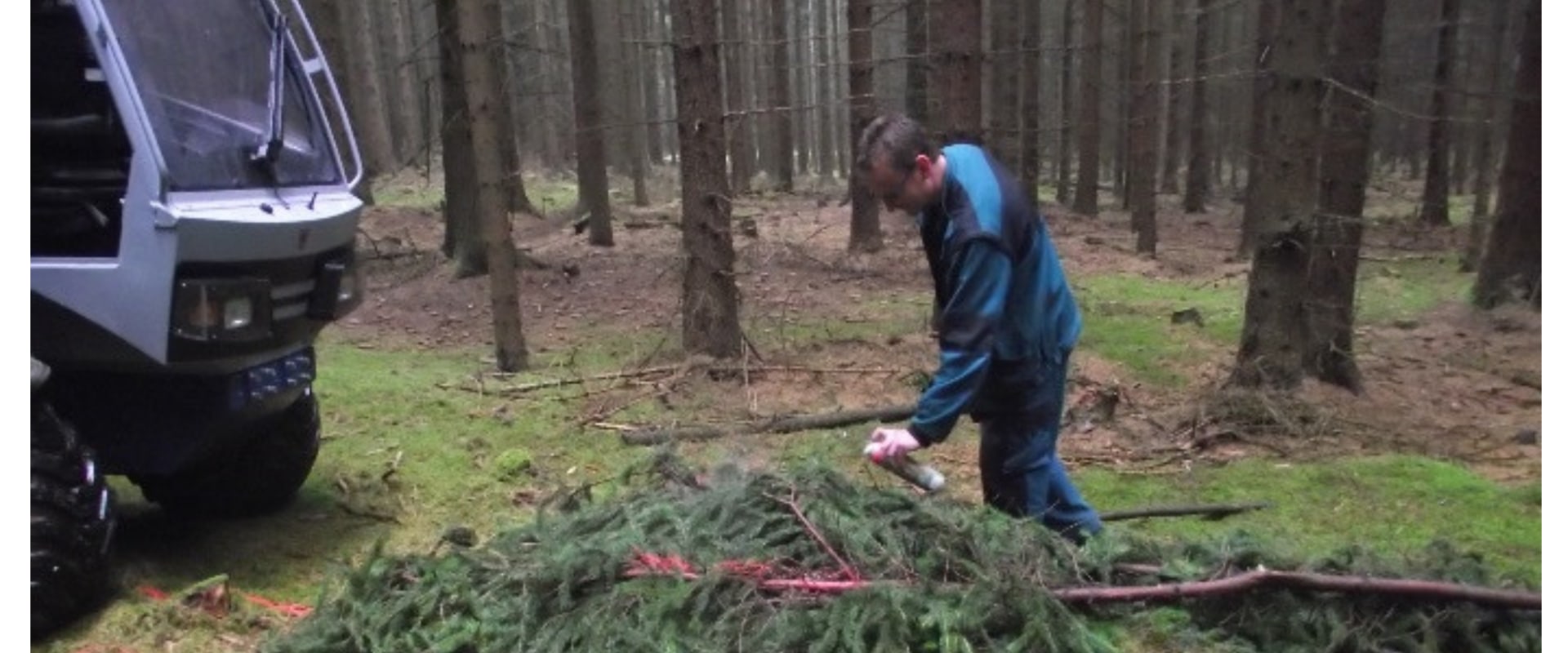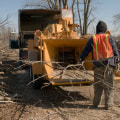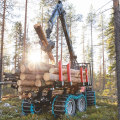Forestry operations are an essential part of managing and maintaining our forests. From harvesting timber to replanting trees, these operations require specialized equipment to ensure efficiency and safety. One crucial piece of equipment in forestry operations is the forwarder.A forwarder is a type of heavy-duty vehicle that is specifically designed for transporting logs and other materials from the forest to a designated location. It is an essential tool in the forestry industry, and its role is crucial in ensuring the smooth flow of operations.
The Basics of a Forwarder
A forwarder is a four-wheeled vehicle with a loading area at the back.It has a crane mounted on the front, which is used to lift and load logs onto the vehicle. The loading area is equipped with stakes or bunks to secure the logs during transportation. Forwarders come in various sizes, depending on the type of terrain they will be used on and the size of logs they can carry. They can range from small, agile machines for use in steep and narrow areas to large, heavy-duty vehicles for transporting massive logs. Most forwarders are equipped with tracks or tires that are specially designed for off-road use. This allows them to navigate through rough terrain and transport logs from even the most remote areas of the forest.
The Role of a Forwarder in Forestry Operations
The primary role of a forwarder in forestry operations is to transport logs from the harvesting site to a designated location.This could be a landing area where the logs are sorted and prepared for transportation to a sawmill or other processing facility. One of the main advantages of using a forwarder is its ability to minimize damage to the forest floor. Unlike other heavy equipment, forwarders have a low ground pressure, which reduces soil compaction and damage to the forest floor. This is crucial in maintaining the health and productivity of the forest. Forwarders also play a vital role in ensuring the safety of workers in the forest. By transporting logs from the harvesting site, they reduce the need for manual handling of heavy logs, which can be dangerous and physically demanding.
This also allows workers to focus on other tasks, such as felling trees and preparing them for transportation. Another essential role of a forwarder is its ability to navigate through challenging terrain. In forestry operations, it is common to encounter steep slopes, narrow paths, and other obstacles. Forwarders are designed to handle these challenges, making them an essential tool in harvesting timber from even the most remote areas of the forest.
The Advantages of Using a Forwarder
Aside from its role in forestry operations, there are several advantages to using a forwarder in managing and maintaining forests.Efficiency:
Forwarders are designed to transport logs quickly and efficiently. With their powerful engines and specialized tires or tracks, they can navigate through rough terrain and transport logs in a timely manner.Safety:
As mentioned earlier, using a forwarder reduces the need for manual handling of heavy logs, which can be dangerous for workers.This helps prevent injuries and accidents in the forest.
Minimal Environmental Impact:
The low ground pressure of forwarders minimizes damage to the forest floor, making them an environmentally friendly option for transporting logs.Versatility:
Forwarders come in various sizes and configurations, making them suitable for different types of terrain and log sizes. This versatility allows them to be used in a wide range of forestry operations.Choosing the Right Forwarder
When it comes to choosing the right forwarder for your forestry operations, there are several factors to consider.Terrain:
The type of terrain in your forest will determine the size and configuration of the forwarder you need. For steep and narrow areas, a smaller, more agile machine would be more suitable, while larger, heavy-duty forwarders are better for flat and open terrain.Log Size:
The size of logs you will be transporting also plays a role in choosing the right forwarder. Make sure to select a machine that can handle the size and weight of the logs in your forest.Capacity:
The loading capacity of a forwarder is another crucial factor to consider.You want to make sure that the machine can transport enough logs to maximize efficiency and minimize downtime.







